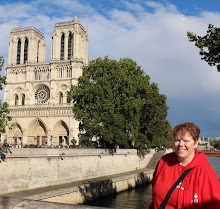This year I had a somewhat crazy idea. I decided all of my grade 9 English students, as part of my ELA course, were going to write a novel. This idea originated by reading a post by George Couros on Medium entitled - "Would you read what your students write if you weren’t paid to do so?" and it got me thinking. Could my grade nine students write an entire novel? How would it fit into my teaching outcomes? How much time would it take? And slowly a plan began to form.
Anyone who has taught English or Language Arts, for any length of time, has read a lot of student writing. When I taught grade three I learned all about Pokemon, hockey, Lego, and many other topics through student writing. Sometimes it was painful. A topic I wasn't that interested in and beginning writers is sometimes a brutal combination. In grade nine English the students are more capable writers, for the most part. But the student writing is piecemeal, a few paragraphs about a character, an analysis of a novel, a poem, an essay on a random topic. I could correct grammar and make editing suggestions but was a short piece of writing actually reflective of their capabilities? If I challenged them what could they do? My idea for writing a novel was born.
When I announced at the beginning of the year that we would be writing a novel and that they should start thinking of ideas even though we wouldn't be starting for a few months the reactions were varied. Some students just ignored me, some students actually started to plan, and a few dove right in with no reservations. In fact when our project on the novel "The Outsiders" took a little longer than planned one student repeatedly asked when were we starting the novel?
Finally in January we began. We started with a character sketch. After all good novels have good characters.
My last trip to Thailand
20 hours ago







